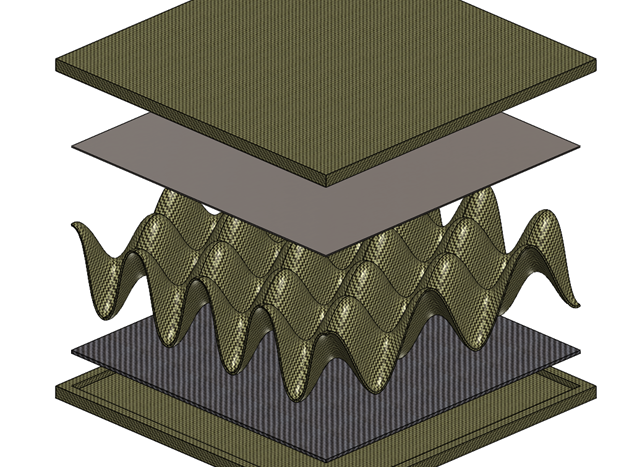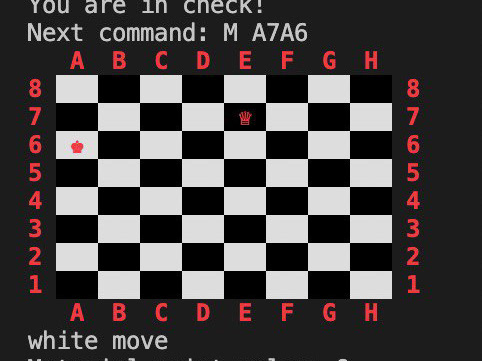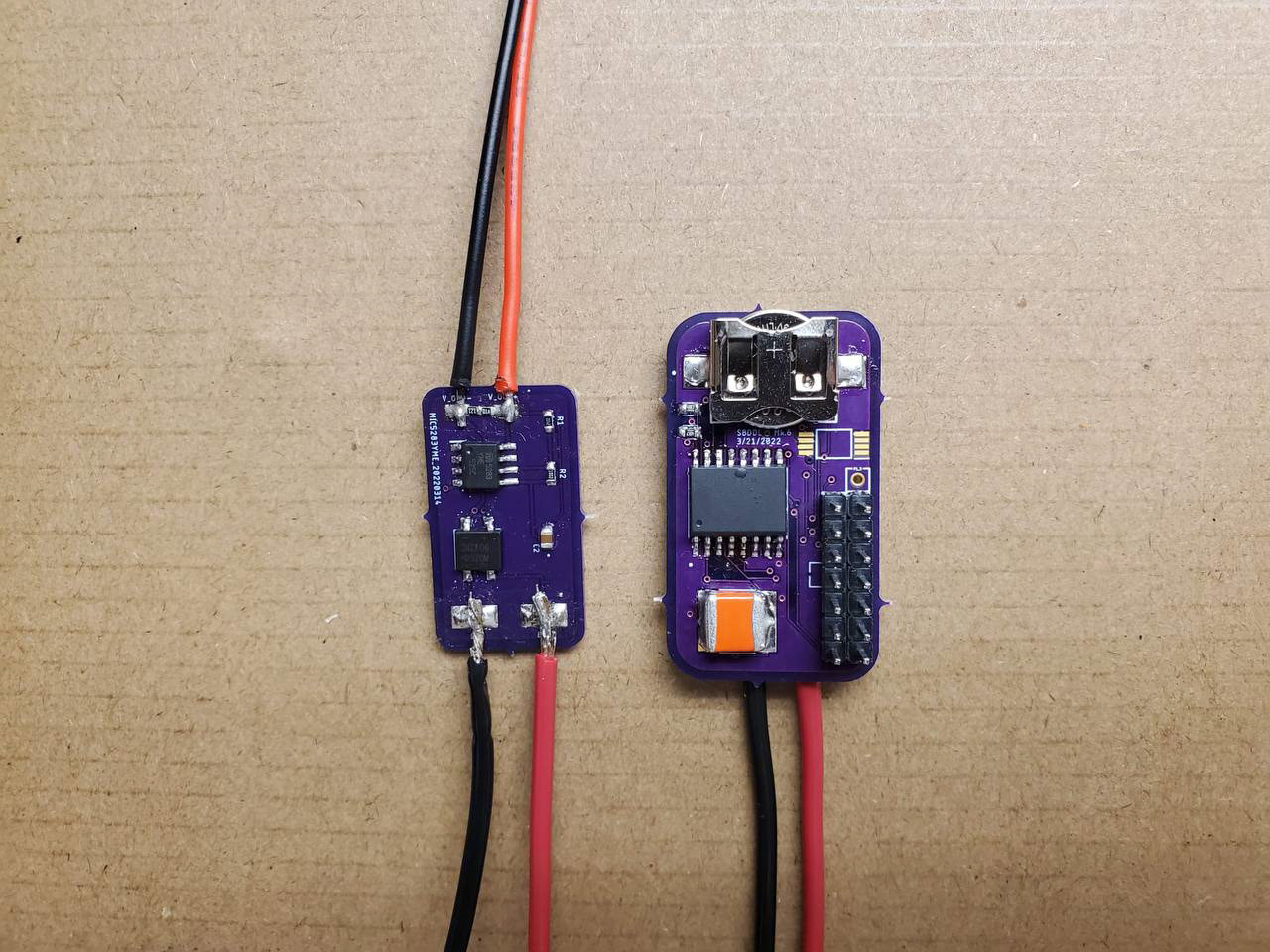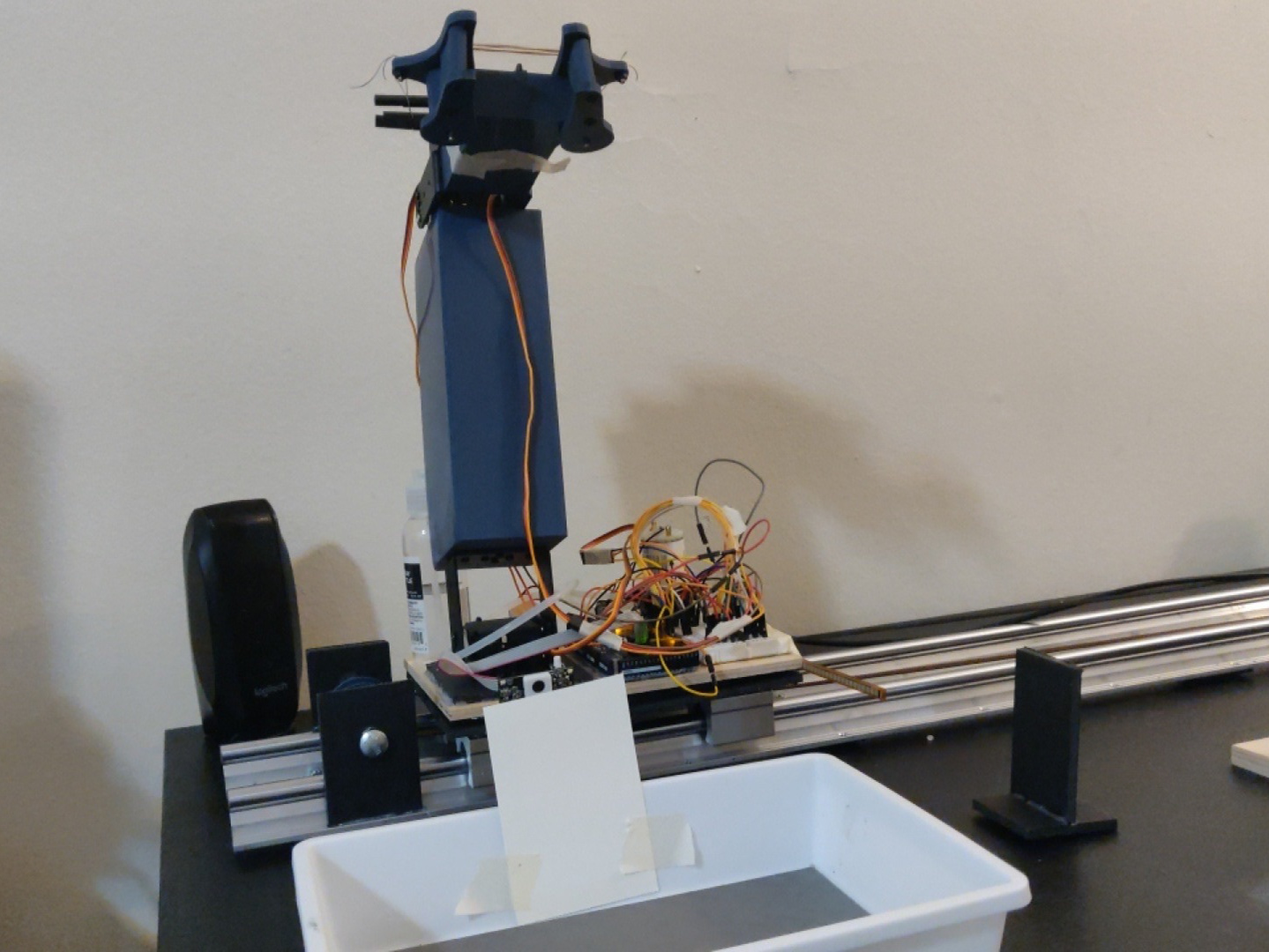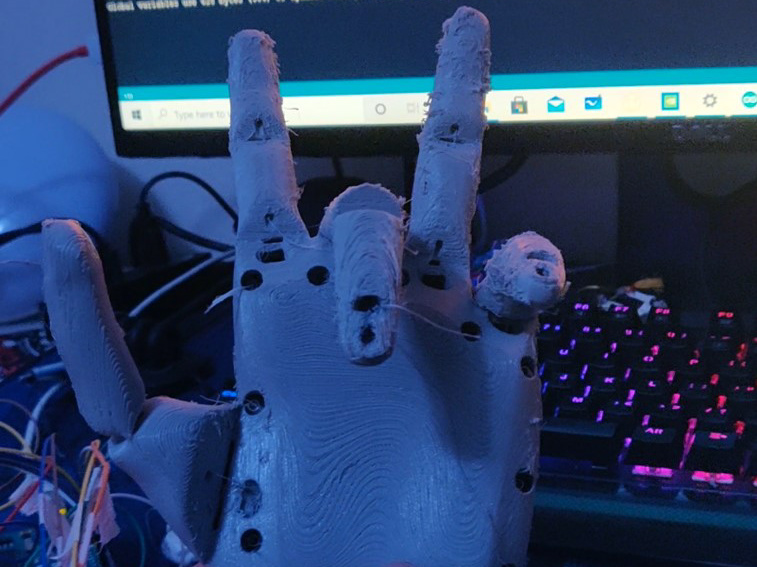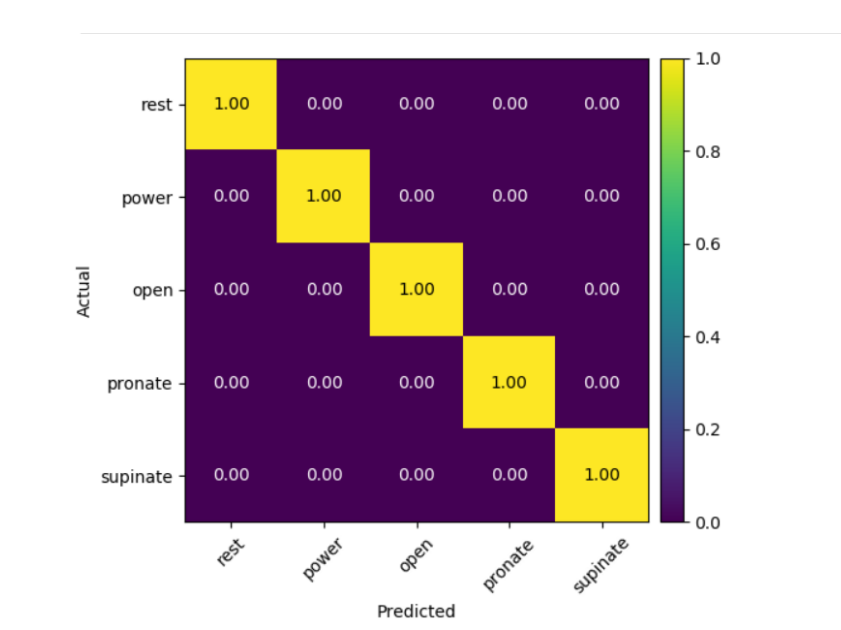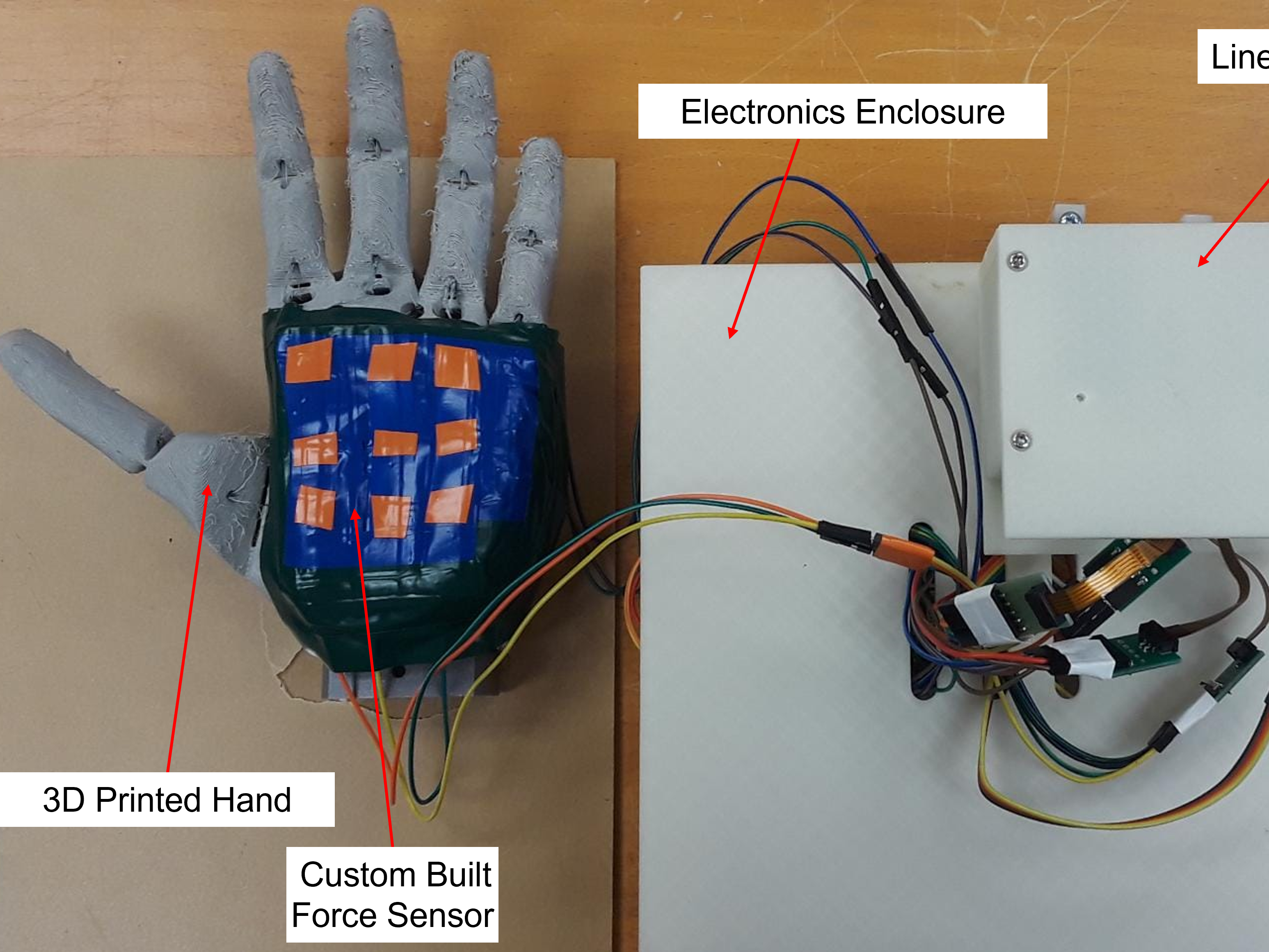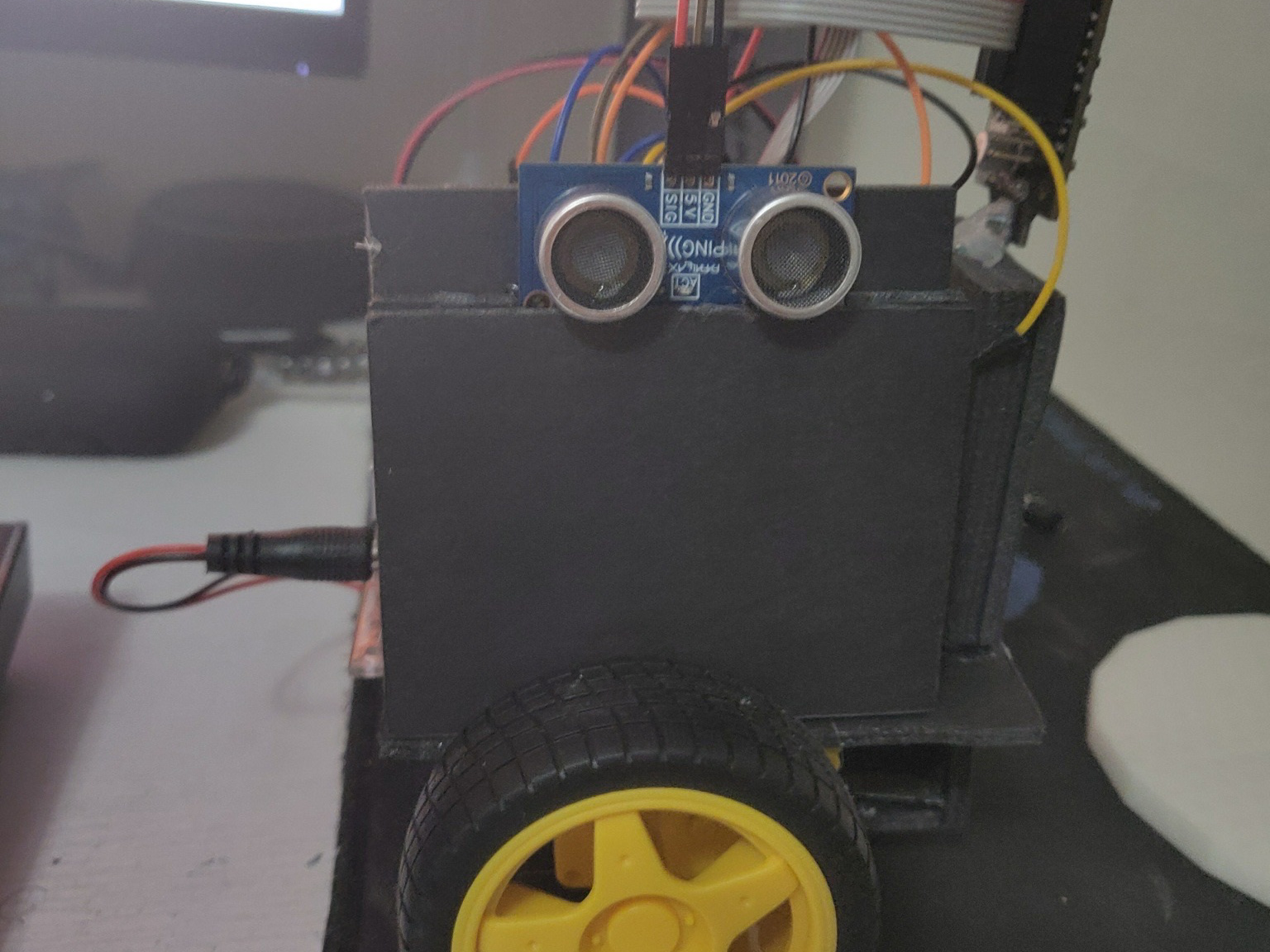The objective is to identify a concrete mix with the highest possible rate of 28−𝑑𝑎𝑦 𝑐𝑜𝑚𝑝𝑟𝑒𝑠𝑠𝑖𝑣𝑒 𝑠𝑡𝑟𝑒𝑛𝑔𝑡ℎ divided by its 𝑚𝑎𝑥𝑖𝑚𝑢𝑚 𝑤𝑒𝑖𝑔ℎ𝑡.
This particular machine-learning project consists of several crucial steps:
1. Creating a GAN model and generating 575 new input data points based on the original data.
2. Develop a Deep Neural Network to create a model capable of utilizing those 575 inputs and generating output points that closely resemble the original data.
3. Constructing a new Deep Neural Network that leverages both the original and new data points.
4. Building a combinatorial pattern recognition model to identify the best combination of inputs.
5. Creating another Deep Neural Network using the optimal input combinations.
6. Formulating an optimization objective function that takes calibrated input and yields the desired output value, specifically the maximum rate of 28−𝑑𝑎𝑦 𝑐𝑜𝑚𝑝𝑟𝑒𝑠𝑠𝑖𝑣𝑒 𝑠𝑡𝑟𝑒𝑛𝑔𝑡ℎ divided by its 𝑚𝑎𝑥𝑖𝑚𝑢𝑚 𝑤𝑒𝑖𝑔ℎ𝑡.
Throughout this project, I was involved in most of the steps, with specific responsibility for steps 3, 4, and 5. Collaboration within the team was crucial, particularly during the debugging phase and the analysis of validation loss graphs to determine if a model was overfitted or not.

